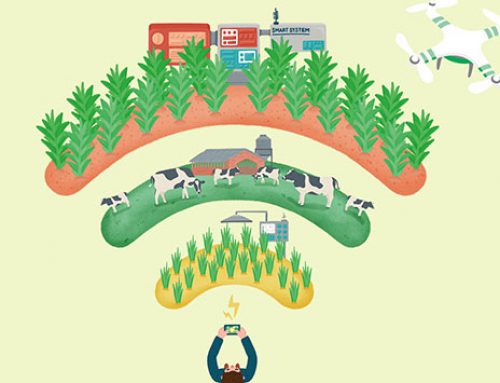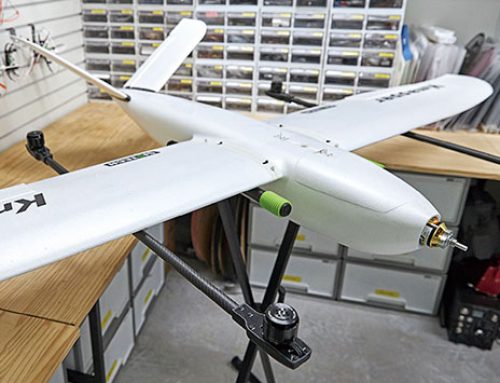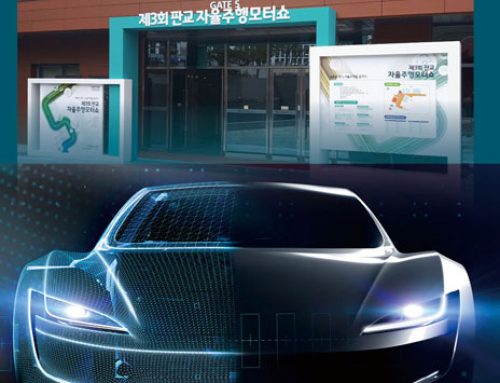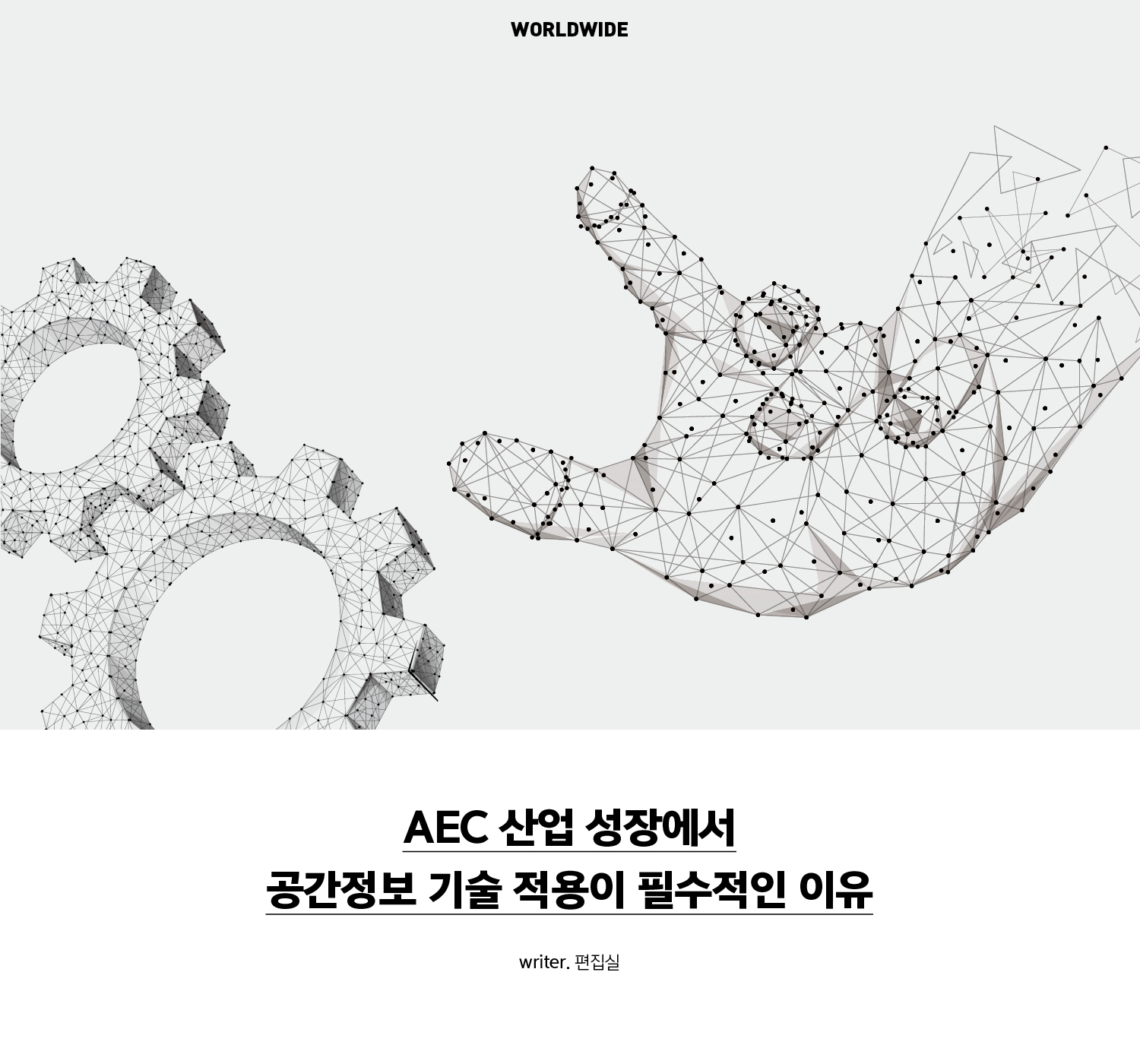
분업화가 이루어지고 있는 *AEC 산업에서 ‘통합 접근 방식’에 대한 고민이 진행 중이다. 세계 각국의 정부와 기업들은 공간정보를 활용해 혁신을 불러오고 있다.
*AEC(Architecture Engineering Construction) 산업: 건축, 엔지니어링, 건설 산업을 말함
AEC 산업의 변화
▼
Changes in the AEC Industry
▼
많은 국가들이 국가 인프라 계획, 정책 개발, 모범 사례와 기술 및 표준 적용의 로드맵 등을 위해 담당 기관을 설립했다. 예를 들어 EU 집행위원회와 세계은행은 아르메니아, 아제르바이잔, 벨로루시, 조지아, 몰도바 및 우크라이나에 우선적으로 수행되어야 하는 프로젝트 파악을 위해 TEN-T 투자행동계획이라는 이니셔티브를 발족시켰다. 여기에 포함되는 4,800km의 도로 및 철도, 6개의 항구, 11 개의 물류센터 구축을 위해서는 약 130억 유로가 투자되어야 한다. 이 프로젝트는 아시아, 중동, 아프리카 및 유럽의 도로 및 철도 인프라를 강화하는 중국의 벨트앤로드 이니셔티브와 유사하다.
Nodal institutions are also set up in many countries for national infrastructure planning, policy development and roadmaps for adoption of best practices, technologies and standards. The European Commission and the World Bank, for example, have launched an initiative called Indicative trans-European Transport Network (TEN-T) Investment Action Plan that identifies priority projects in Armenia, Azerbaijan, Belarus, Georgia, Republic of Moldova and Ukraine. Together, these projects will require an estimated investment of almost €13 billion and will include 4,800km of roads and rail lines, six ports and 11 logistics centers. Similarly, China’s Belt and Road Initiative looks at strengthening road and railway infrastructure in Asia, Middle East, Africa and Europe.
민관 파트너십
▼
Public-Private Partnerships
▼
2010년에서 2014년 사이에 G20 국가에서 민관 파트너십 프로젝트가 차지하는 비중은 3.1%이며, 영국과 호주에서 각각 15%와 10.9%로 비중이 가장 높았다. 이와 대조적으로 G20 국가 중 개발도상국에서는 민관 파트너십 프로젝트의 비중은 7.5%였다. 이들 국가에서 민관 파트너십 프로젝트의 비중은 2010년 8.9%에서 2014년 6.4%로 감소했다. 현재 민관 파트너십 프로젝트의 비중이 가장 낮은 나라는 중국이다.
During 2010-2014, the average share of investment in PPP projects in developed G20 economies was 3.1%. It was highest in the United Kingdom and Australia at 15% and 10.9%, respectively. In contrast, the average share of investment in such projects in developing (G20) economies was 7.5%. The investment share in these countries reduced from 8.9% in 2010 to 6.4% in 2014. As of today, China has the lowest share of PPP investment.
세계은행 통계에 따르면, 교통 인프라에 대한 총 민간 투자는 2015년 699억 달러로 2010~2015년 평균 투자액보다 53%가 높은 것으로 나타났다. 민간 투자의 약 64%가 유럽과 아시아에서 이루어졌으며, 라틴 아메리카와 중앙 아시아에서 31%가 이뤄졌다. 민간 투자 중 공항은 388억 달러, 도로는 235억 달러, 철도는 58억 달러, 항구는 23억 달러를 차지했다.
According to World Bank statistics, the total private investment in transport infrastructure was worth $69.9 billion in 2015, i.e. 53% higher than the average investment that took place during 2010-2015. Approximately 64% of private investment took place in Europe and Asia, followed by 31% in Latin America and central Asia. While airports account for $38.8 billion of private investment, roads account for $23.5 billion, railways for $5.8 billion and ports $2.3 billion.
많은 G20 국가는 투자자들이 투자 수익, 투자 회수 기간, 프로젝트 전체 주기 및 자산 관리 효율성을 더 잘 이해할 수 있도록 구체적인 국가 인프라 계획 및 프로젝트 계획을 발표한다. 그러나 정부의 규제 및 자금 부족은 PPP 모델이 활성화되는 데 장애물로 작용한다.
Many G20 countries have published concrete national infrastructure plans and project pipelines to help investors get a better understanding of return on investment, payback period, project lifecycle and asset management efficiency. However, regulation and insufficiency of funds with governments are some of the problems encountered in the PPP model.
AEC 산업의 디지털화
▼
Digitalization of AEC industry
▼
AEC 산업 보고서 ‘2019년 공간정보 시장’에 따르면 디지털화가 전체 건설 작업 과정에서 10~20%의 비용을 줄이는 데 도움이 되며, 14%의 시간을 단축하는 것으로 집계됐다. 운송 인프라 구축의 경우, 설계 및 엔지니어링 단계에서 15~23%, 건설 단계에서 8%의 비용이 절감되며, 소요시간은 약 17% 단축되는 것으로 조사되었다. 산업 인프라 건설의 경우, 비용 절감은 8~10%이며 소요시간은 약 8% 단축이 예상된다. 이와 같은 장점 이외에도 협업 프로세스를 개선하며 정보 전달의 명확성을 향상시킬 뿐만 아니라 현장의 안전성도 높이는 긍정적인 면모를 가진다.
The 2019 Geospatial Market in the AEC Industry report finds that digitalization in building infrastructure helps to save 10%-20% in the entire construction workflow, whereas project time saving is 14%. In transport infrastructure, there is a cost saving of 15%-23% in the design and engineering phase and 8% in the entire construction workflow, whereas time-saving is around 17%. In industrial infrastructure, the total cost saving is 8%-10% in the construction workflow and project time saving is about 8%. Apart from these benefits, digitalization also improves collaboration, enhances clarity and makes construction sites safer.
AEC 산업의 지형 공간 기술
▼
Geospatial technology in AEC industry
▼
건설 프로젝트 전 과정에서 공간정보 기술의 사용
▼
Uses of Geospatial Technologies in Construction Lifecycle
▼
앞서 언급한 AEC 산업 보고서에 따르면 공간정보 기술 사용 시, 프로젝트 관리 시간은 56%, 관리 비용은 60% 줄어든다고 한다. 또한 종합적인 시간 절약은 92%, 비용 절약은 88%에 달한다고 한다.
The report finds that the use of geospatial technology reduces a project’s maintenance time by 56% and the maintenance cost by 60%. The overall time saving is 92% and project cost saving is 88%.
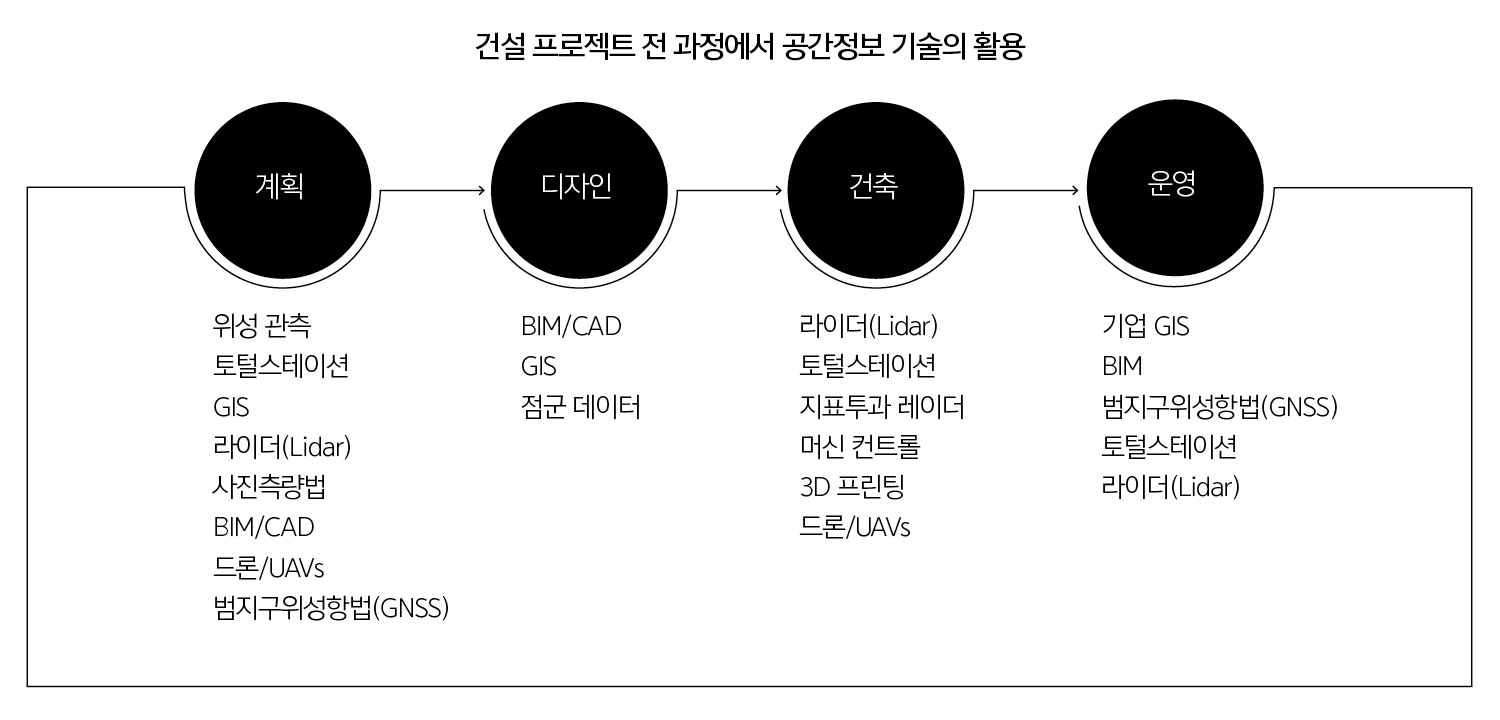
BIM과 GIS
▼
BIM and GIS
▼
BIM은 단일 중앙 데이터 저장소를 이용해 설계, 구축 및 운영을 포함한 건축물의 생애주기에 대한 모든 과정을 이해하는 데 도움을 준다. 또한 BIM은 다양한 소스에서 나온 데이터를 통합하고 이를 결합해 건축물의 생애주기에 대한 공통된 운영 계획을 수립하고 재무 비용 및 환경 영향을 종합적인 평가할 수 있도록 한다. GIS 시스템과 결합된 BIM은 모든 데이터가 중앙저장소에 저장된다. 이렇게 하면 같은 공간정보 위치에 해당되는 모든 데이터가 서로 연관될 수 있으며 다양한 단위로 분석될 수 있다.
BIM helps to understand the entire building lifecycle, encompassing design, build and operation from a single, central data store. It enables the integration of data from multiple sources, combines it to form a common operating picture for the entire building lifecycle and enables a comprehensive assessment of the financial and environmental cost of any building project. When integrated with GIS system, BIM ensures that all the data is stored in a central repository. That way, any data with a common geography can be related to each other and can be assessed at any scale.
BIM과 공간정보는 건축물의 전 과정에서 서로 다른 역할을 한다. 하지만 이 두 가지 정보가 통합되고 소통해야 바람직한 인프라와 커뮤니티가 구축 및 운영될 수 있다. 현재 많은 BIM과 공간정보 솔루션 업체들은 건축 전 과정에 걸쳐 사용자가 공간정보 맥락을 포함하는 기본 데이터에 접근, 작업 프로세스를 최적화하는 통합 솔루션을 만들고 있다.
Both BIM and geospatial play different roles during construction lifecycle. However, amalgamation of both is necessary so that they communicate with each other to build and operate within the desired infrastructure and communities. Today, many BIM and geospatial solution providers are creating integrated solutions to optimize construction workflows that enable users to access, update and use built-in data in spatial context throughout the construction lifecycle.
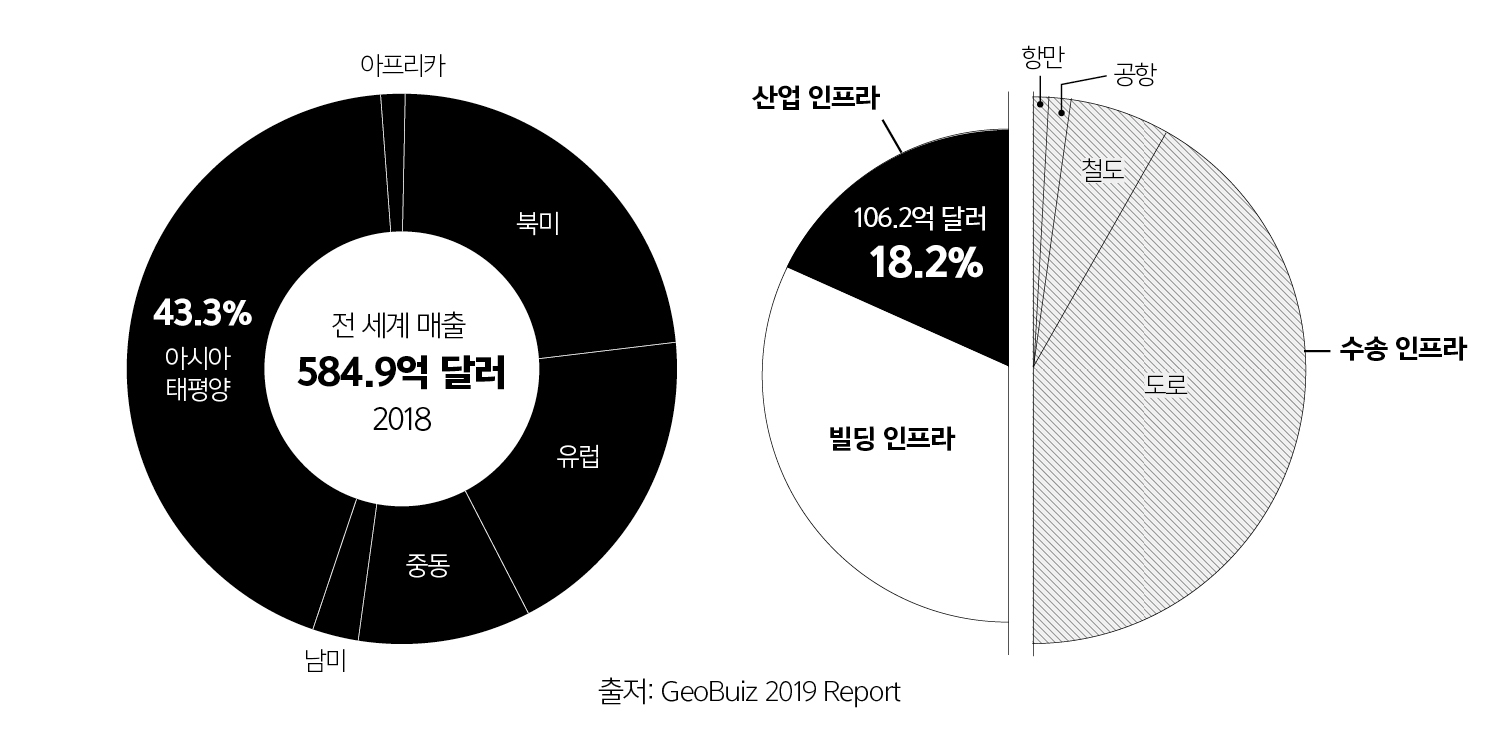
도전 과제와 나아갈 길
▼
Challenges and the way forward
▼
건설 업계는 협업이 절실한 상태다. 건설회사와 공간정보 기술 시장의 이해 관계자들은 교육 및 훈련 역량을 향상시켜야 하며, 정책 입안자들은 디지털화를 위해 모든 당사자 간의 협력을 촉진하는 규정을 마련해야 한다. 해당 산업 관계자들은 대형 프로젝트 대신 좀 더 작고 참조하기 쉬운 사례를 만드는 데에 초점을 맞춰 BIM 및 공간정보 기술이 대규모 프로젝트에만 해당된다는 인식을 바꿔야 한다. 또한 AEC 산업은 혁신적인 솔루션을 개발하기 위해 사물인터넷, 클라우드 컴퓨팅 및 가상현실과 같은 새로운 시대의 혁신적인 기술을 받아들여야 한다.
The industry is in dire need for collaborations. Construction companies and geospatial market stakeholders need to enhance education and training capacity, while the policymakers have to come up with regulations promoting collaboration between all parties to bring digitalization. The industry needs to focus on smaller, relatable examples instead of flagship projects, changing the perception that BIM and geospatial technology is only for big projects. The AEC industry also needs to embrace new age disruptive technologies such as IoT, cloud computing and Virtual Reality to develop innovative solutions.


